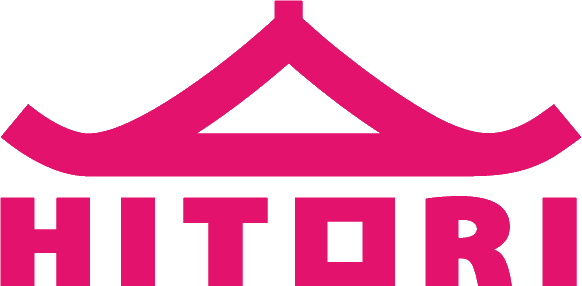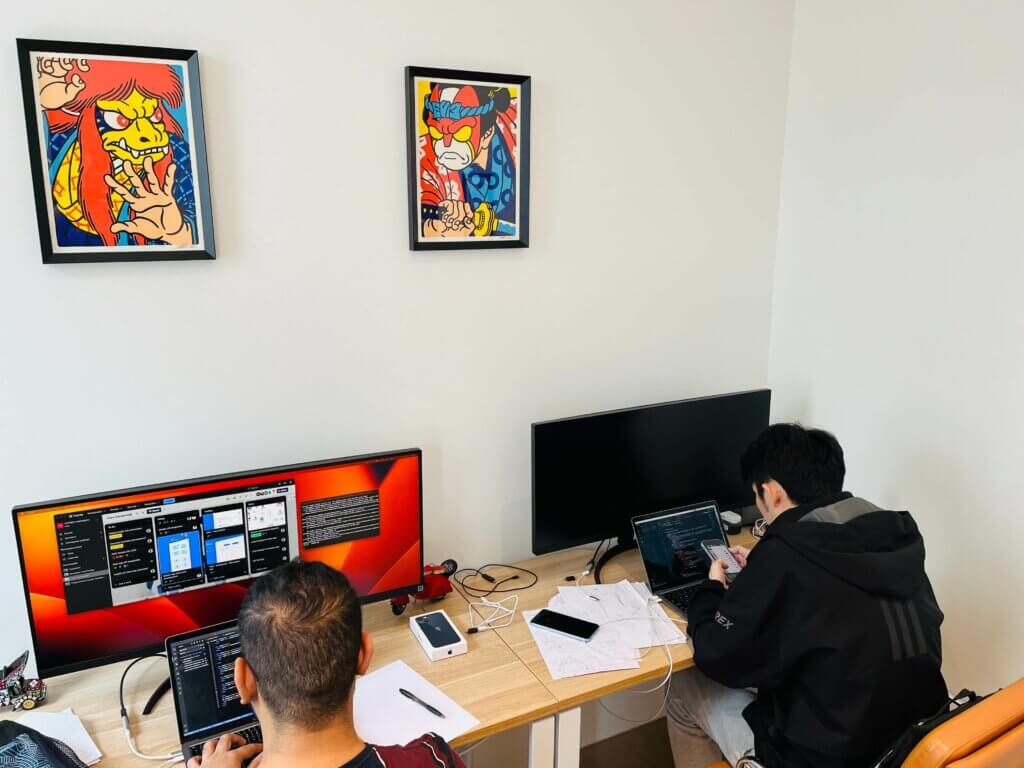HITORI provides innovative web app development services in Melbourne and cloud-based custom software development that can enhance your productivity and engagement, monitor and capture user activity, and automate repetitive and paper-based tasks. Our web app development company creates web applications optimised for all web browsers and device types, including desktop, tablet, and mobile. We also offer REST API Development, Admin/CMS development, DevOps and Security, Load Testing, and 3rd-Party API integration services.
Our team of web app developers and software engineers loves working with frameworks such as Python, Django, JavaScript, Ember.js, React and Three.js 3D.
We have extensive experience collaborating with innovators to design and build bespoke digital platforms and applications in the enterprise, startup, and healthtech sectors. Our solutions typically feature custom-built REST APIs, cross-platform front-ends (web, mobile, and cloud), and 3rd-party API/SDK integrations. We maintain a full CI/CD pipeline for rapid product and feature releases and prefer long-term partnerships to grow and scale digital products and businesses.
HITORI’s web app development in Melbourne, Australia design and build custom web applications and software solutions that provide an excellent user experience. These applications run in the cloud and are cross-platform, compatible with all devices and browser types, including web-based browsers, native desktop/mobile applications, and mobile-based browsers.
Based in Melbourne, HITORI takes the time to fully understand your web app development or cloud-based custom software development project. We don’t just create apps; we solve real problems and bring business ideas to life, establishing ourselves as top app developers.
In addition to our expertise in Melbourne, we provide web app development services to businesses in cities such as Sydney, Brisbane, Adelaide, San Francisco, and Singapore. Whether you’re looking for innovative web solutions, custom app development, or expert software engineers, our team is ready to support your goals across these locations and beyond.


